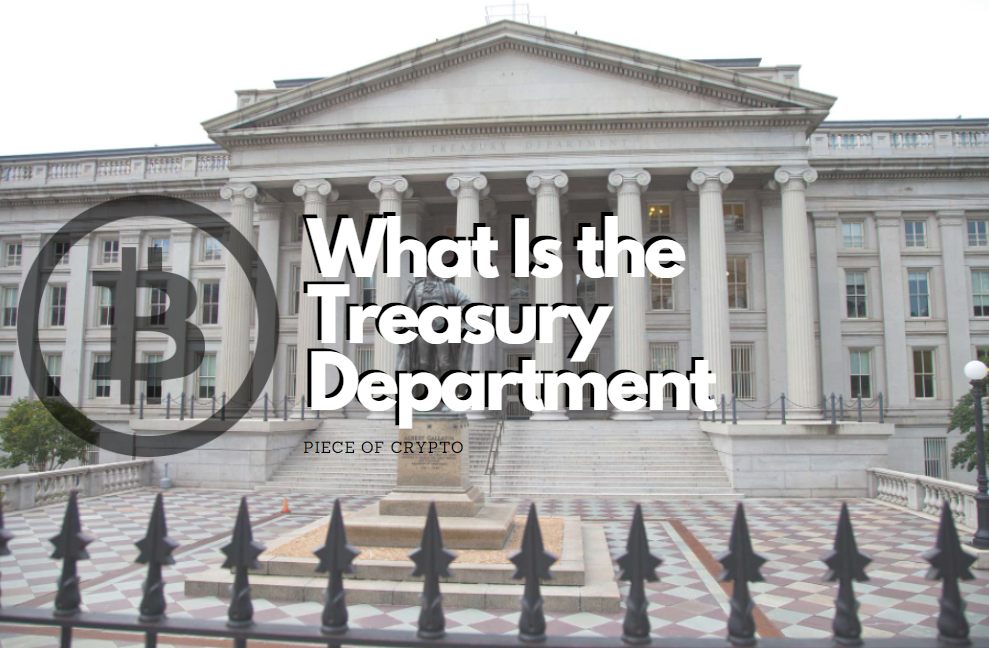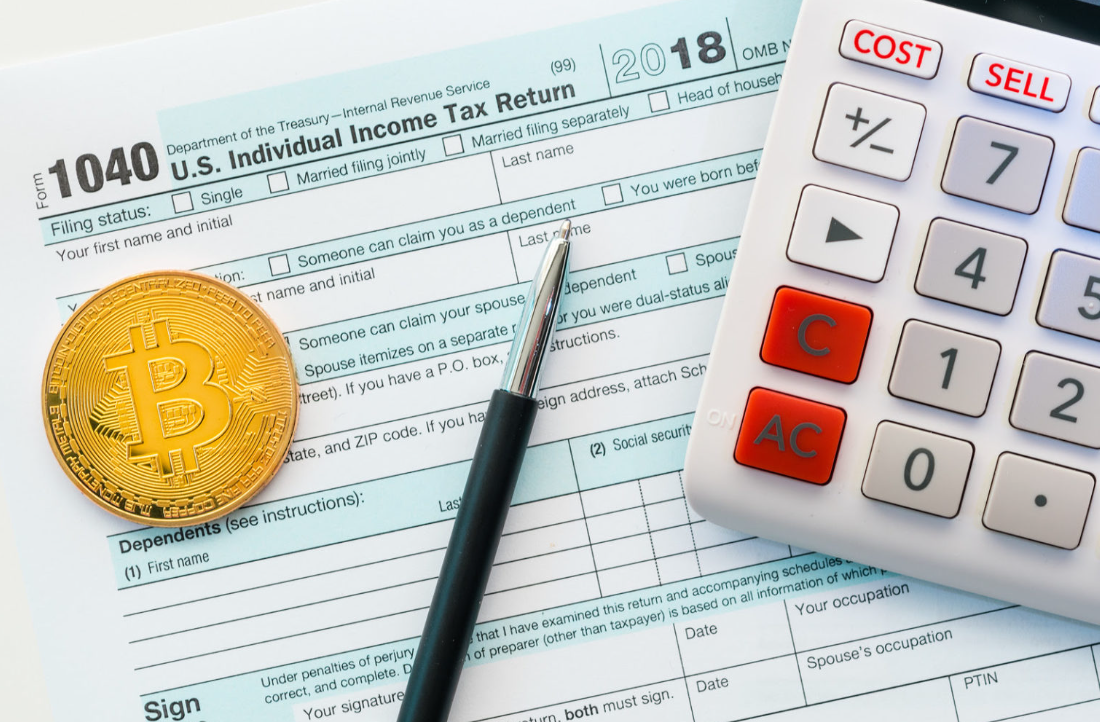What Is the Treasury Department? Treasury Department is responsible for forecasting and collecting federal revenues, ensuring that Social Security and Medicare payments are made on time, and borrowing the funds needed to run the government.
Treasury also helps other governments manage their finances. Through technical assistance and direct engagement with finance ministries and central banks, Treasury promotes financial systems that help countries achieve their national objectives.
Tax Compliance
The Treasury Department administers the tax laws and conducts tax investigations to ensure that Americans pay their fair share of taxes. But noncompliance is especially prevalent among high earners and large corps that accrue income in opaque ways. This means that the IRS often lacks important information it needs to pursue evasion by these taxpayers.
Today’s under-resourced IRS carries out its mission with only about 15% of the resources that it needed just a decade ago. This leaves policymakers with a massive “tax gap” that will total about $7 trillion over the next decade if left unaddressed.
Thankfully, the Administration is proposing a set of measures to increase fairness and foster a tax system where Americans pay what they owe. The proposals include a small, transformative investment in the IRS that would provide it with the information and resources it needs to enforce the law effectively.
A major part of this effort is to close the “tax gap” by strengthening third-party reporting on bank accounts. The IRS relies on these reports to verify a significant portion of the wage and salary income that is reported by employers. But this reporting is incomplete for a wide range of other forms of income, including investments and business activity.
In a recent study, the Government Accountability Office (GAO) found that strengthening reporting by financial institutions to the IRS can boost compliance rates. Under the President’s proposal, financial institutions would add two additional data points to existing reports they send to the IRS: information about total account outflows and inflows.
This small, simple measure could be implemented without any burdens for taxpayers, and it would help the IRS to reduce the likelihood of costly audits. Additionally, it would allow the agency to have a more complete picture of the taxpayer’s assets and liabilities so it can better target enforcement efforts against egregious offenders.
Cash Forecasting
Cash flow forecasting is an essential part of treasury management, as it helps businesses avoid cash shortages and invest any surplus funds. It also allows companies to assess their short-term and long-term financial health and plan for unexpected expenses.
A cash forecast can be made on a short-term or long-term basis, with some businesses preferring to forecast weekly or monthly. This can help them make informed decisions about treasury management, such as whether to pay suppliers or take on new debt.
Historically, cash flow forecasting has been a manual process that involves collecting data from multiple sources. Today, however, there are several cash forecasting solutions that can streamline and automate the process.
As organizations grow and scale, treasury professionals are looking for tools that can create accurate cash flow forecasts on a consistent basis. These tools can help treasury teams better manage their financial risks, as well as empower senior stakeholders to make more accurate and informed decisions.
There are a variety of cash forecasting methods, including trend analysis, Monte Carlo simulations, and financial modeling. The accuracy of a cash flow forecast depends on many factors, such as the stability of a business and the quality of its financial information.
While there is no one-size-fits-all approach to cash forecasting, it is best to find a solution that fits your organization’s needs and budget. A treasury management system (TMS) or business intelligence (BI) platform are both good choices for this purpose.
Cash flow variances should be regularly monitored and analyzed to improve forecasting accuracy and reliability. This should include a close look at forecasts and actual cash flows, and it can be done using software or spreadsheets.
Foreign Policy
When it comes to foreign policy, the United States has a number of tools at its disposal. These include diplomacy, economic strength, and military might. Administrations may choose to pursue a particular tool for a variety of reasons.
One major goal of American foreign policy is to help other countries improve their economic conditions and develop a more productive economy for themselves. This is accomplished through a combination of trade policy and development assistance.
To support that effort, Treasury oversees a wide range of programs. For example, the Office of Foreign Assets Control (OFAC) works to halt terrorist financing, money laundering, and proliferation finance.
In addition, Treasury sets the rules for governing foreign income earned by U.S. companies, and plays an important role in resolving international disputes that involve elements of both tax and trade law.
For example, a recent World Trade Organization (WTO) appellate panel ruled that the extraterritorial income exclusion regime in the United States’ tax code violated WTO subsidy rules. The panel authorized retaliation against up to $4 billion in U.S. exports a year, an unprecedented level of damage.
Another major area of policy at the Treasury Department involves foreign investment in the United States. This includes coordinating an interagency review process to assess foreign investments that might pose national security concerns.
In addition to the above programs, Treasury also leads a number of other initiatives that contribute to the global economy. These include promoting financial sector reforms around the world and encouraging other countries to implement those reforms.
Global Economic Policy
The Treasury Department’s goal is strong, sustainable, and balanced global economic growth. This requires us to work with our partners around the world, both at home and abroad, to pursue policies that help rebalance the global economy to more domestic demand-led growth.
A key element of this mission is our responsibility to ensure that the policies we develop are fair and equitable to both U.S. corporations with foreign operations and to non-U.S. companies that do not have such operations. This means setting tax rules that are not only fair to our domestic taxpayers, but also those of other countries that export to the United States.
Another essential element of our global economic policy is our role in promoting the integrity of the financial system. This is particularly important in an environment where foreign actors are increasing their efforts to attack our financial systems and threaten our national security.
We are committed to strengthening our partnerships with other international organizations to defeat these threats and strengthen our ability to protect the United States and our financial systems from abuse. We do this through our role in implementing economic sanctions against foreign threats to the U.S. and by identifying and targeting the support networks of these threats, as well as by enhancing our own internal controls to reduce financial risks to our citizens.
We also seek to increase international investment, which is critical to achieving strong, sustained growth in the United States. Through our role on the Committee on Foreign Investment in the United States, we coordinate the interagency review process for certain foreign investments that may be subject to potential national security concerns.
Multilateral Engagement
The Treasury Department is a global leader in multilateral engagement, supporting a wide range of international organizations and initiatives. A strong multilateral presence is critical to the United States’ ability to advance its global priorities and build stronger partnerships around the world.
The Biden administration’s new focus on multilateralism is an opportunity to re-establish America’s leadership role in the world. But it also presents new challenges.
For example, a renewed commitment to multilateralism will require an unwavering and consistent approach to engaging with authoritarian governments that do not respect rights and human dignity. Such governments may balk at democracy-building measures and delay agreements or progress on other important issues, including security and economic policy.
However, an inability to engage with these countries consistently can lead to long-term consequences. Often, these problems are compounded by the fact that multilateral action requires consistency and legitimacy to gain support from other states.
A key challenge facing both superpowers and middle powers is the difficulty of finding a balance between consensual interstate actions and those that are forceful. This is a dilemma that has been explored by John Ruggie, who defined multilateralism as ‘an institutional form that coordinates relations among three or more states on the basis of generalised principles of conduct.’
As a result, superpowers that are engaged in interstate and multilateral action are vulnerable to accusations of hypocrisy or betrayal by their middle power counterparts. This can lead to a breakdown in the international order and create a weakened hegemonic system.
As a result, the United States should focus on strengthening its own credibility and consistency in its interstate and multilateral engagements. This can be achieved by committing to the U.S.’s responsibilities to support and promote international standards on a range of issues, such as human rights, the environment, and climate change. By working to establish a clear and consistent public stance on these issues, and by demonstrating that it will not hesitate to use its resources and capabilities when needed to enforce those rules, the United States can enhance its reputation as a steadfast partner to other states.




